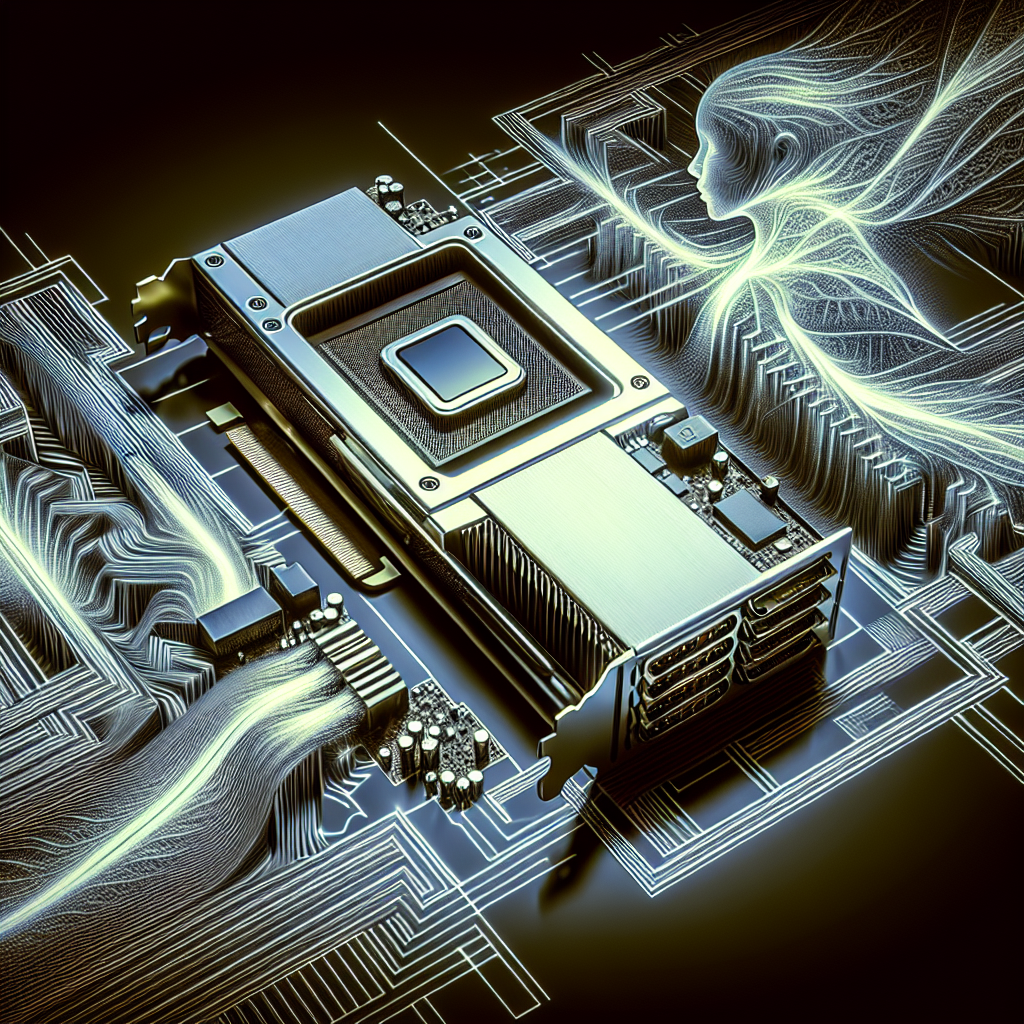The Ultimate Guide to Utilizing the Nvidia Tesla V100 GPU Accelerator Card for Machine Learning
Machine learning has revolutionized the way we approach problem-solving in various industries. With the rise of AI and deep learning technologies, machine learning models have become increasingly complex and demanding in terms of computational power. This is where GPU accelerators come into play, providing high-performance computing capabilities that help speed up the training process of these models.
One of the most powerful GPU accelerators in the market is the Nvidia Tesla V100. With its cutting-edge architecture and advanced features, the Tesla V100 is a popular choice among data scientists and researchers for running machine learning workloads. In this guide, we will explore how to effectively utilize the Nvidia Tesla V100 GPU accelerator card for machine learning tasks.
1. Understanding the Nvidia Tesla V100 GPU Accelerator Card
The Tesla V100 is based on Nvidia’s Volta architecture, which is designed to deliver exceptional performance for AI and deep learning workloads. It features 5,120 CUDA cores, 640 Tensor cores, and 16GB of high-bandwidth HBM2 memory, making it a powerhouse for running complex machine learning algorithms.
2. Setting up the Nvidia Tesla V100 GPU Accelerator Card
To start using the Tesla V100 for machine learning tasks, you will need to install the necessary drivers and software on your system. Nvidia provides detailed instructions on how to set up the Tesla V100 GPU accelerator card on their website, including downloading the latest drivers and CUDA toolkit.
3. Optimizing Performance with Tensor Cores
One of the key features of the Tesla V100 is its Tensor cores, which are specifically designed for accelerating matrix multiplication operations commonly used in deep learning models. By leveraging Tensor cores, you can significantly speed up the training process of your machine learning algorithms.
4. Running Machine Learning Workloads on the Nvidia Tesla V100
Once you have set up the Tesla V100 on your system, you can start running your machine learning workloads using popular deep learning frameworks such as TensorFlow, PyTorch, and MXNet. These frameworks are optimized to take advantage of the GPU’s parallel processing capabilities, allowing you to train your models faster and more efficiently.
5. Monitoring and Managing GPU Utilization
It is important to monitor the utilization of the Tesla V100 GPU accelerator card to ensure optimal performance and efficiency. Nvidia provides tools such as the Nvidia-SMI command-line utility and the Nvidia System Management Interface (nvidia-smi) to monitor GPU utilization, temperature, and memory usage in real-time.
In conclusion, the Nvidia Tesla V100 GPU accelerator card is a powerful tool for accelerating machine learning workloads. By understanding its features and capabilities, setting it up correctly, and optimizing performance with Tensor cores, you can harness the full potential of this GPU accelerator for running complex deep learning models. With proper monitoring and management, you can ensure that your machine learning tasks run smoothly and efficiently on the Tesla V100 GPU accelerator card.


